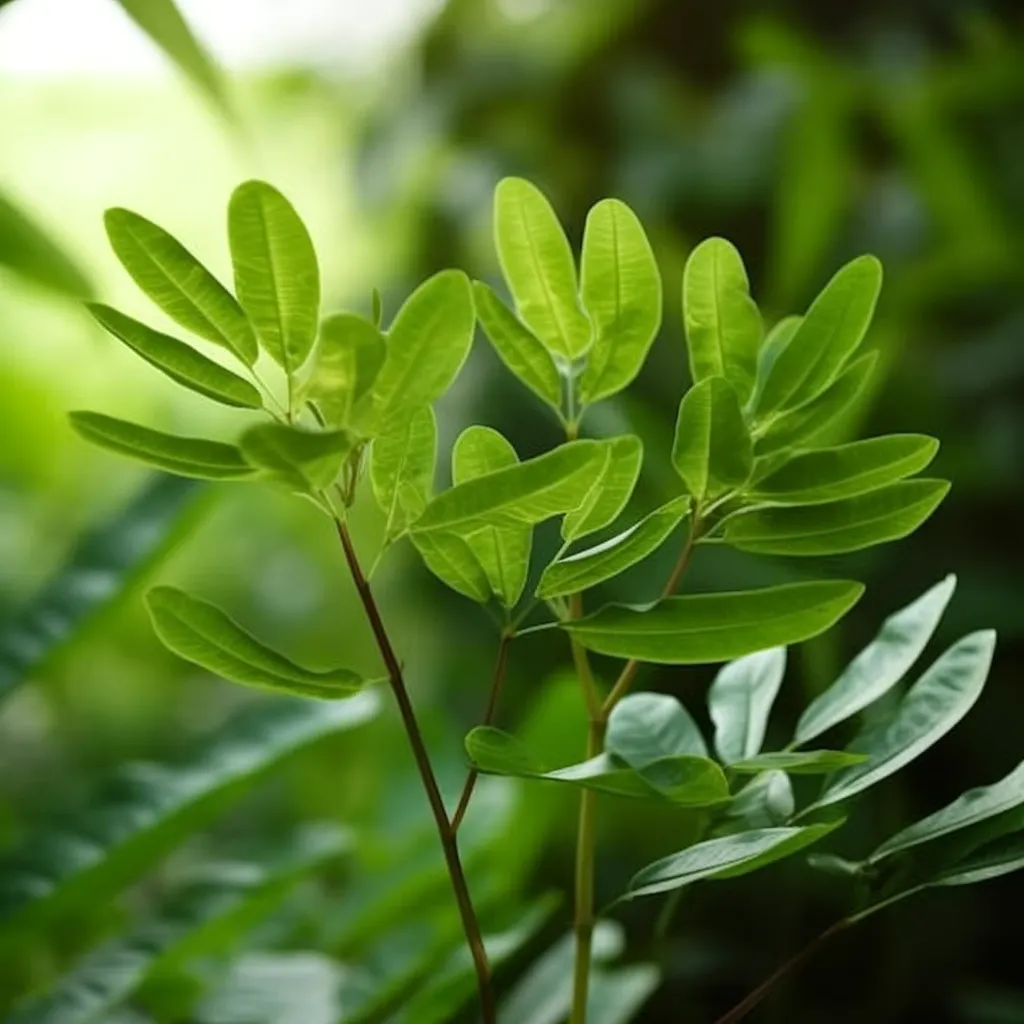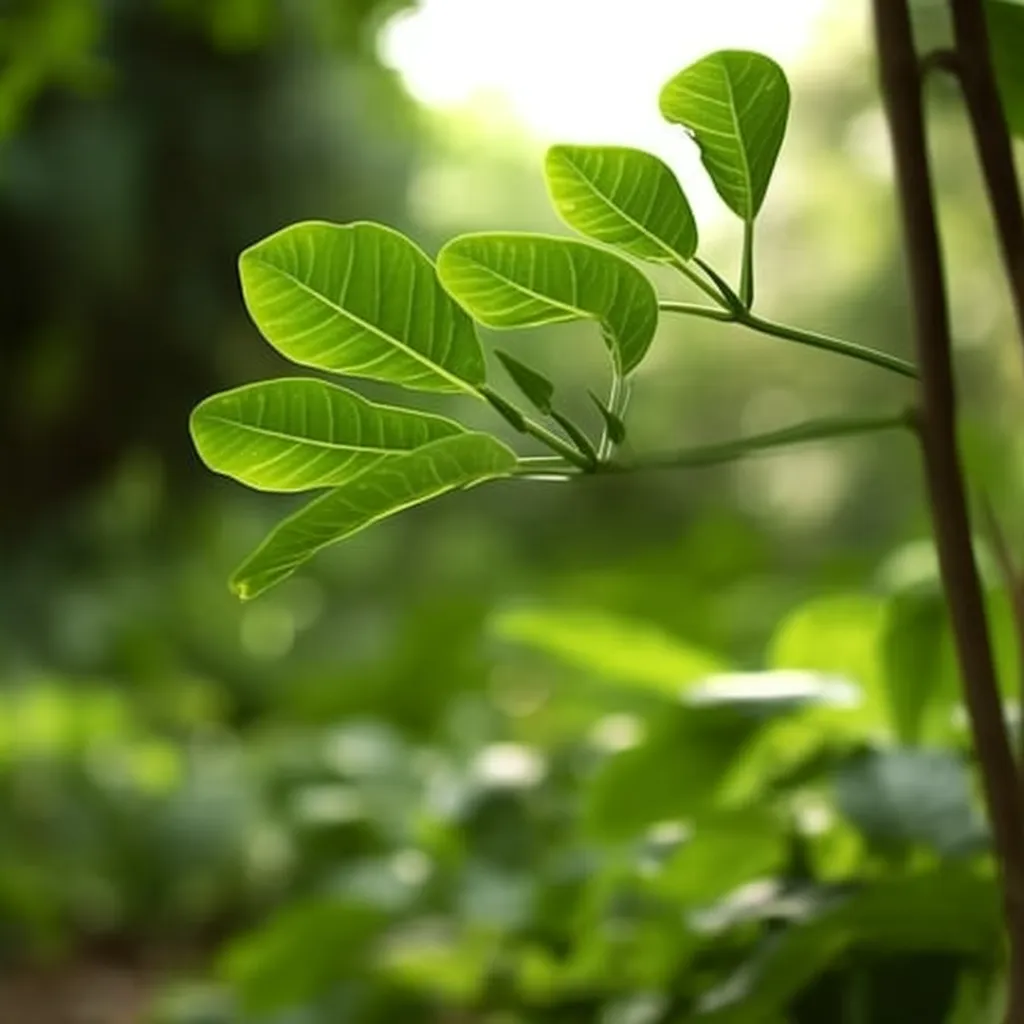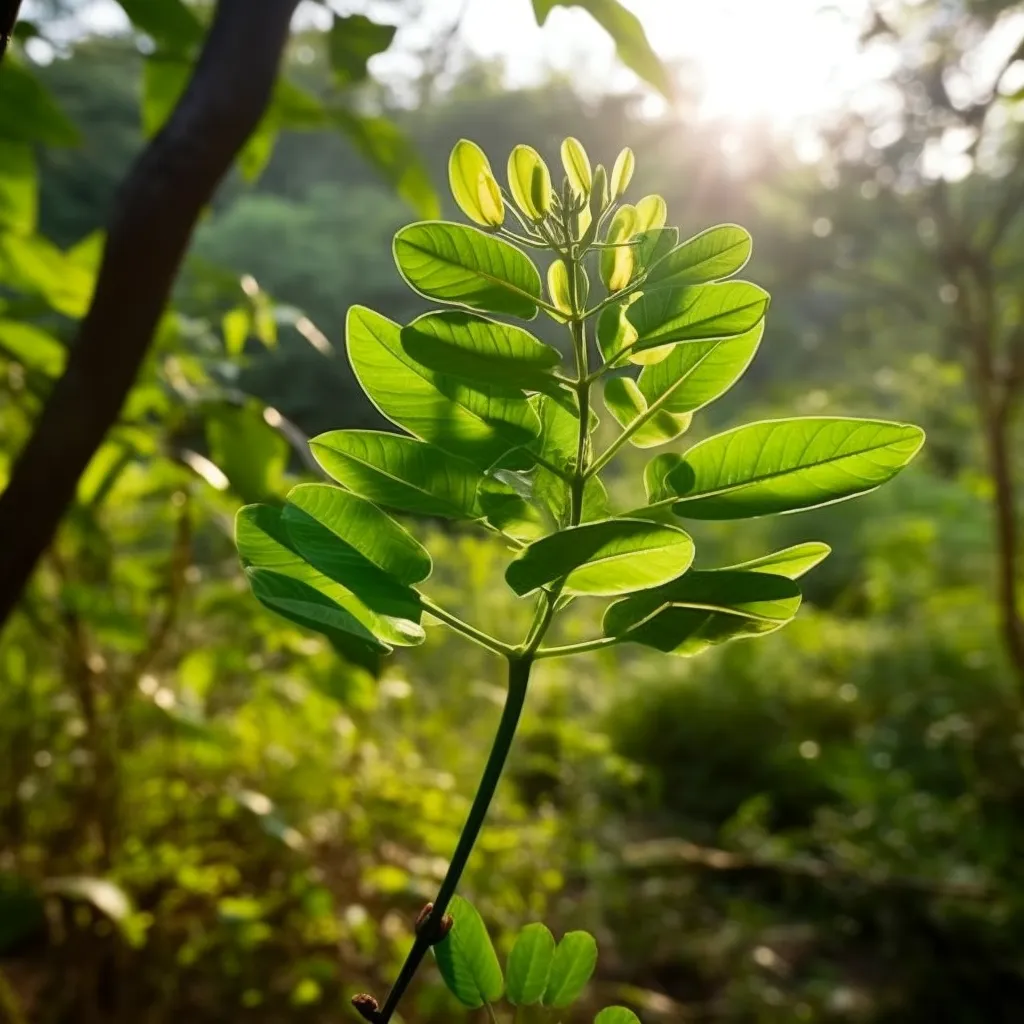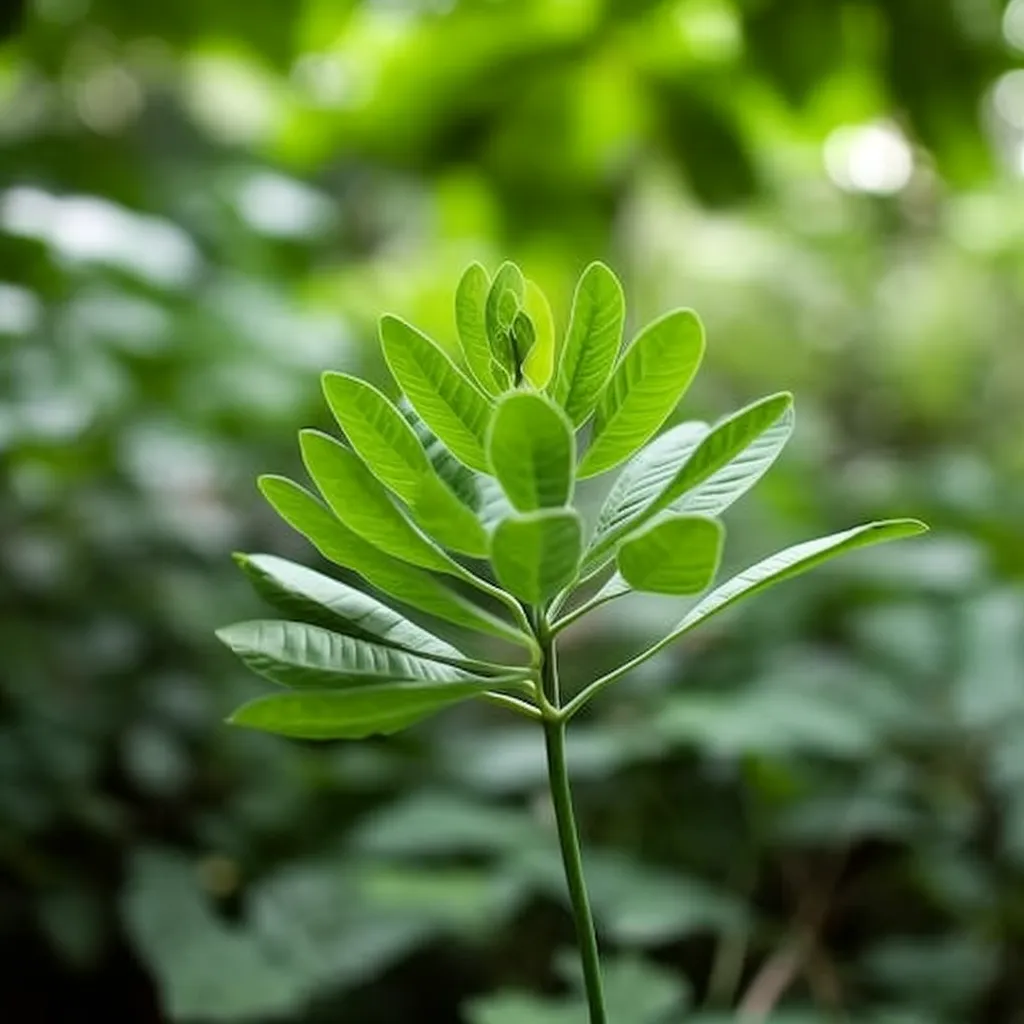Story of Day :
Contents
The Senna Plant: A Complete Guide and Care Tips
Are you looking for an easy-to-grow plant that can add beauty to your garden? Look no further than the senna plant! This plant is known for its vibrant yellow flowers and feathery foliage.
In this article, we will guide you through everything you need to know about senna plants, including care tips and how to grow them successfully.
What is a Senna Plant?
The senna plant belongs to the legume family and is native to tropical regions.
It’s also known as Cassia, which comes from its scientific name – Cassia fistula.
The plant can grow up to 30 feet tall but typically grows around 6-8 feet in cultivation.
Sennas produce beautiful yellow flowers in clusters on long stems that are followed by seed pods.
The foliage consists of small leaflets arranged on a central stem like feathers.

Growing Requirements
Sennas are relatively easy plants to grow if given adequate light, soil, water, and nutrients.
Here are some essential growing requirements:
- Light: Sennas love full sun exposure, so make sure they receive at least six hours of sunlight daily.
- Soil: These plants prefer well-draining soil with a pH between 6-7 (slightly acidic).
They can tolerate most types of soil but thrive in fertile soils enriched with organic matter.
- Water:Sennas need moderate watering during their growing season (spring through summer).
Ensure the soil stays moist but not waterlogged or too dry.
- Nutrients:Sennas do not require fertilizer often, but they appreciate a balanced slow-release fertilizer in the spring and summer.
- Temperature:Sennas prefer warm temperatures above 60°F (15°C), and they are frost-sensitive.
So it’s best to plant them in warmer months when there is no risk of frost.
Care Tips

Senna plants are easy to care for, and here are some tips that will ensure your plants thrive:
- Pruning: Prune your senna plant annually after flowering season to control its size or remove any dead or damaged wood.
You can also prune it into a tree form if you like.
- Pest control: Sennas rarely experience pest problems.
But keep an eye out for spider mites, aphids, and mealybugs that may attack them.
Treat with insecticidal soap or neem oil if necessary.
- Diseases:Senna plants mostly suffer from fungal diseases such as powdery mildew, leaf spot, or root rot due to poor drainage.
Ensure proper air circulation around the plant by spacing them correctly apart and avoiding overhead watering whenever possible.
- Propagation:You can propagate senna plants through seeds or stem cuttings taken in early spring or late fall before the first frost.
Sow seeds directly into the soil after danger of frost has passed at a depth of 1/4 inch (6 mm).
- Dangerous: Keep in mind that some species of senna contain toxic compounds like anthraquinones which cause diarrhea when ingested excessively so be cautious with children , pets ,and livestock .
Uses of Senna Plant

Senna plants have a wide range of uses, including:
- Medicinal: Senna leaves and pods are commonly used in herbal medicine to relieve constipation, detoxify the body, and treat skin diseases.
- Dyeing: The leaves and flowers of sennas can be used to create yellow dyes for textiles.
- Landscape:Sennas are perfect for adding bright color to your garden or landscape.
They are also suitable for erosion control due to their deep root systems.
In Conclusion

If you’re looking for an easy-to-grow plant with vibrant yellow flowers that add beauty to your garden or landscape, try planting a senna plant! It’s relatively easy to care for as long as it has adequate light, soil, water and nutrients.
Remember that some species of senna contain toxic compounds; use them cautiously with children , pets ,and livestock .
With proper care and timely pruning ,this tropical beauty will thrive in no time!